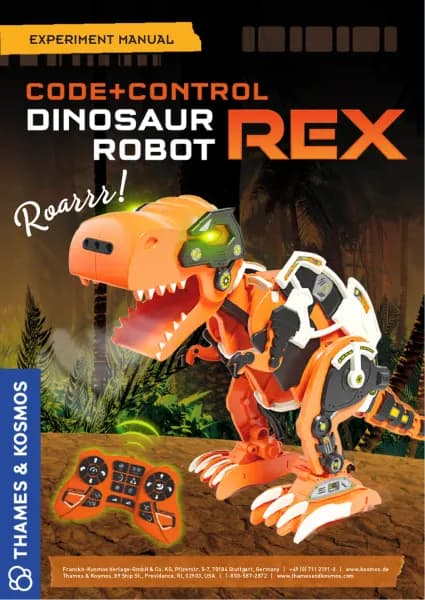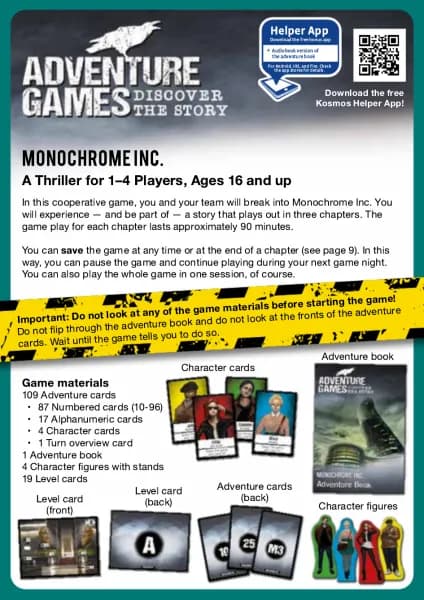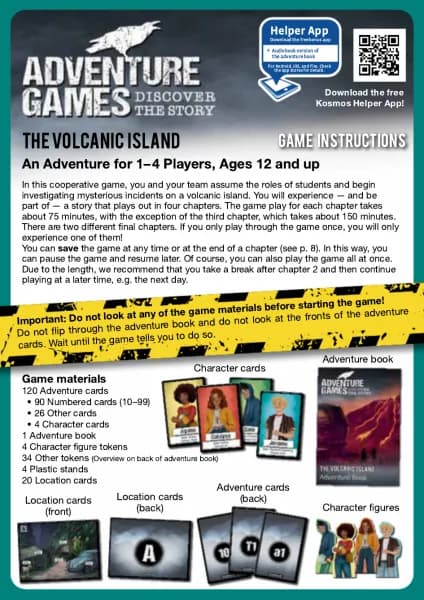Thames & Kosmos Kids First: Crystals, Rocks & Minerals handleiding
Handleiding
Je bekijkt pagina 24 van 36

WHAT’S HAPPENING
The streak color is the color of the fine
powder residue of the mineral that rubs
off on the porcelain.
• Colorless minerals White (and
thus barely visible) streak
• Yellow-shining pyrite Greenish
black streak
• Hematite Reddish brown streak
• Bornite Greenish black streak
• Magnetite
Black streak
The experiment clearly shows that
the streak color isn’t always the same
as the color of the actual mineral.
Color and streak
YOU WILL NEED
› Mineral specimens
› Magnifying lens
› Cup or plate made of light-colored ceramic or
porcelain with an unglazed (rough) area.
HERE’S HOW
. Porcelain dishware is usually glazed and
therefore smooth. But on the underside it
has a rough, unfinished, unglazed area. You
will use this area to determine the streak
color. Vigorously rub each of the minerals
across a fresh spot of unglazed porcelain.
Use the magnifying lens to investigate the
colors of the resulting streaks.
ABOUT
SOAPSTONE
Hardness Density
1 2.7
This soft, greasy-
feeling, water-
repellent mineral
contains the
elements
magnesium, silicon,
and oxygen, and has
been used for
centuries in
sculptures and
carved works of art.
Today it has many
industrial uses
including as a gentle
water-repellent
abrasive, with harder
types used as a
material in oven
manufacturing
because they hold
heat well.
ABOUT
HEMATITE
This black compound of iron and oxygen is
one of the earliest iron ores to be used by
humans. Even Stone Age people used
reddish colored ground hematite powder
in their cave paintings. This mineral is also
the source of the red coloration of many
rocks, such as red sandstone. Polished
hematite is used as a gemstone.
ABOUT
QUARTZ CRYSTAL
Quartz is one of the most common materials in Earth’s crust, and
it is a component of many rocks. Even sand is composed mostly
of grains of quartz. Quartz has many uses — in manufacturing
the computer chip material silicon, in glass and porcelain
production — and its hardness makes it a useful abrasive. In
addition, many gemstones consist of quartz of various colors,
such as amethyst (purple), citrine (yellow), rose quartz (pink),
agate (multiple stripes), and jasper (blood red).
Hardness Density
5-6 5
Hardness Density
7 2.6
22
EXPERIMENT 10
Bekijk gratis de handleiding van Thames & Kosmos Kids First: Crystals, Rocks & Minerals, stel vragen en lees de antwoorden op veelvoorkomende problemen, of gebruik onze assistent om sneller informatie in de handleiding te vinden of uitleg te krijgen over specifieke functies.
Productinformatie
| Merk | Thames & Kosmos |
| Model | Kids First: Crystals, Rocks & Minerals |
| Categorie | Niet gecategoriseerd |
| Taal | Nederlands |
| Grootte | 30537 MB |







